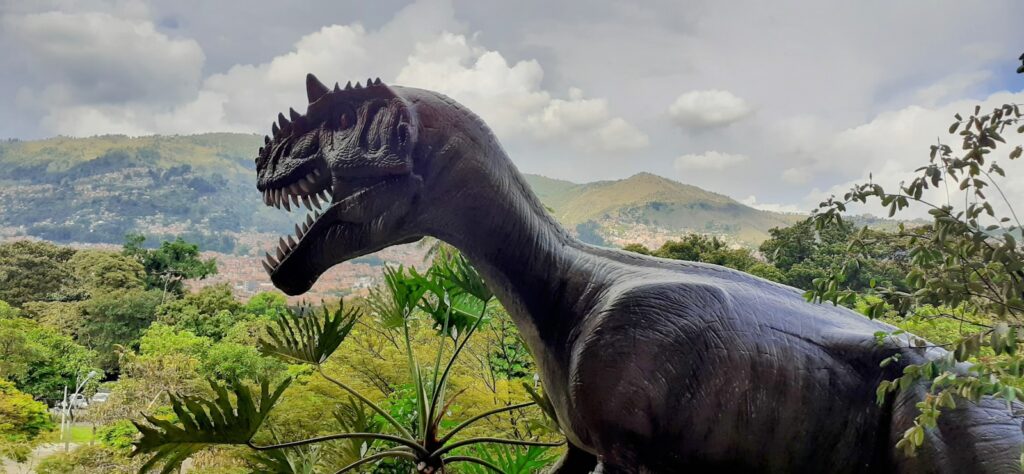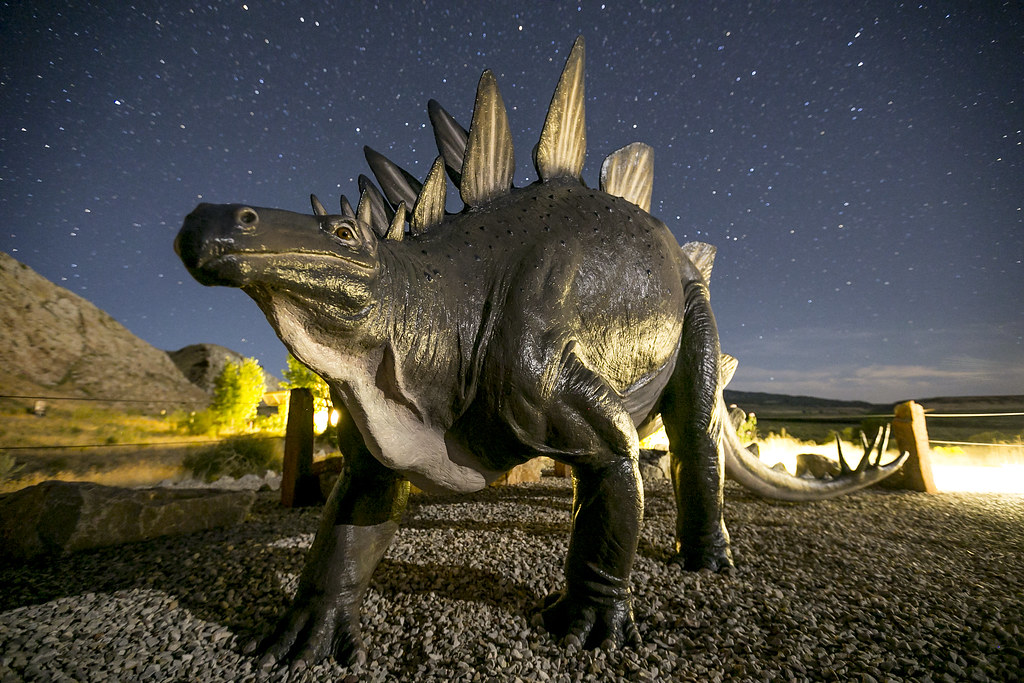Picture this: it’s a peaceful afternoon 66 million years ago when suddenly, a chunk of rock the size of Mount Everest comes screaming through Earth’s atmosphere at 20 kilometers per second. The moment it hits what is now Mexico’s Yucatan Peninsula, our planet changes forever. This isn’t just another asteroid impact – this is the day that rewrites the rulebook of life on Earth, and the first hour alone unleashes more devastation than humanity has ever witnessed.
The Moment of Impact: When Physics Becomes Apocalypse
The Chicxulub asteroid doesn’t just crash into Earth – it punches through the planet’s crust like a cosmic freight train. In the first fraction of a second, the 10-kilometer-wide space rock releases energy equivalent to billions of atomic bombs, creating temperatures that instantly vaporize both the asteroid and enormous volumes of rock beneath it.
This isn’t your typical explosion. The impact generates pressures exceeding one million times atmospheric pressure, creating a shockwave that travels through solid rock faster than sound moves through air. Within milliseconds, the impact site transforms into a hellish cauldron where temperatures reach 10,000 degrees Celsius – hot enough to turn limestone into plasma.
The sheer violence of this collision defies human comprehension. Imagine every earthquake, volcanic eruption, and hurricane in recorded history happening simultaneously – then multiply that by a thousand. That’s just the beginning of what Earth experiences in those first terrifying moments.
The Birth of a Crater: Reshaping the Planet’s Surface
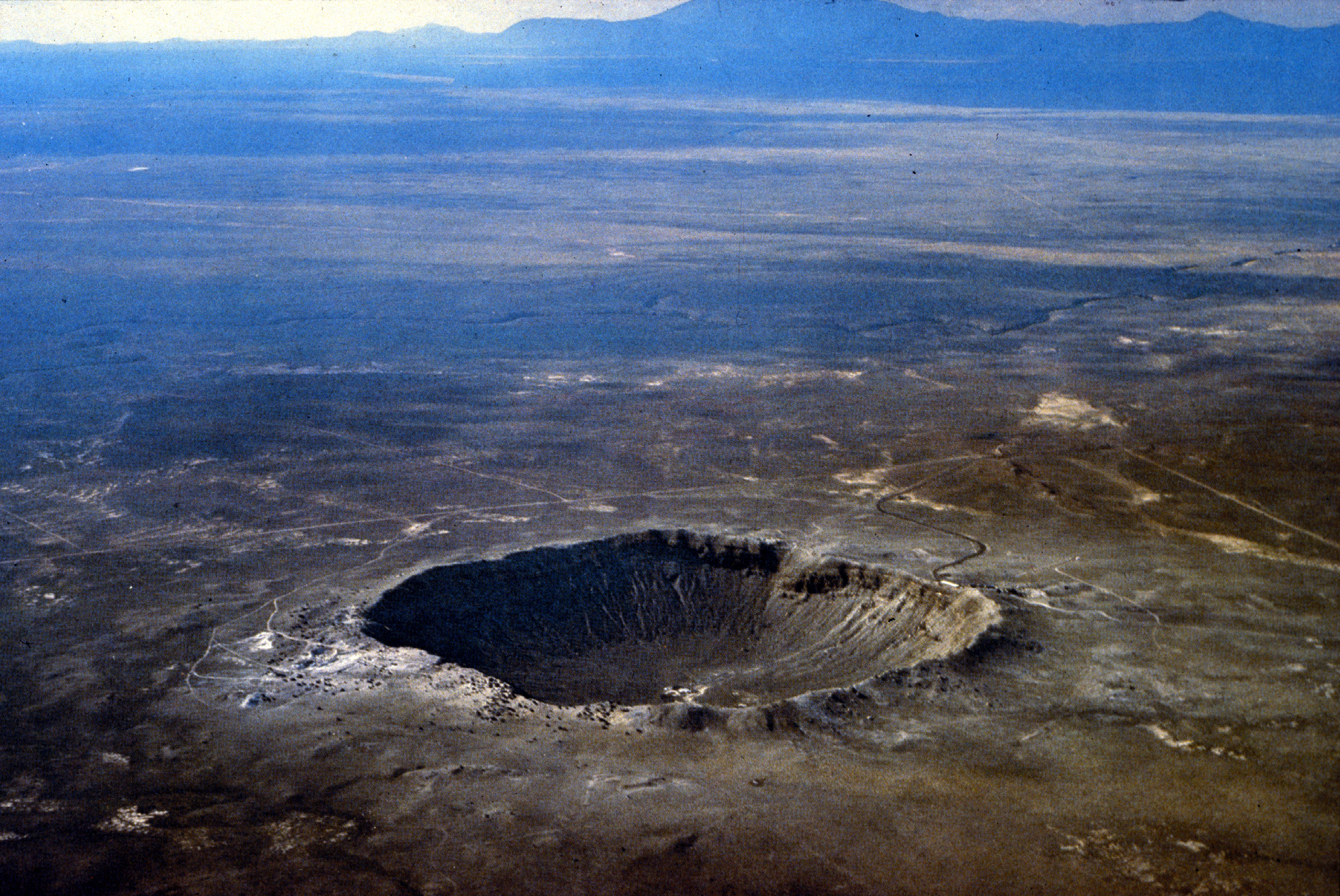
Within seconds of impact, the Earth’s crust begins to behave like liquid, flowing and rebounding in ways that seem to defy physics. The initial crater expands outward at incredible speed, eventually reaching a diameter of 180 kilometers – larger than the entire state of Connecticut.
As the crater forms, massive amounts of crustal material get launched skyward in a process called “impact excavation.” Think of it like dropping a stone into a pond, except the “pond” is solid rock and the “splash” reaches heights of 30 kilometers above the surface. This ejected material will soon rain down across the planet like a deadly hail of molten bullets.
The crater’s rim rises and falls in slow motion, creating a temporary mountain range that towers above the surrounding landscape. This isn’t a static formation – it’s a dynamic, churning mass of displaced earth that continues to reshape itself throughout the first hour.
Seismic Shockwaves: The Earth Rings Like a Bell
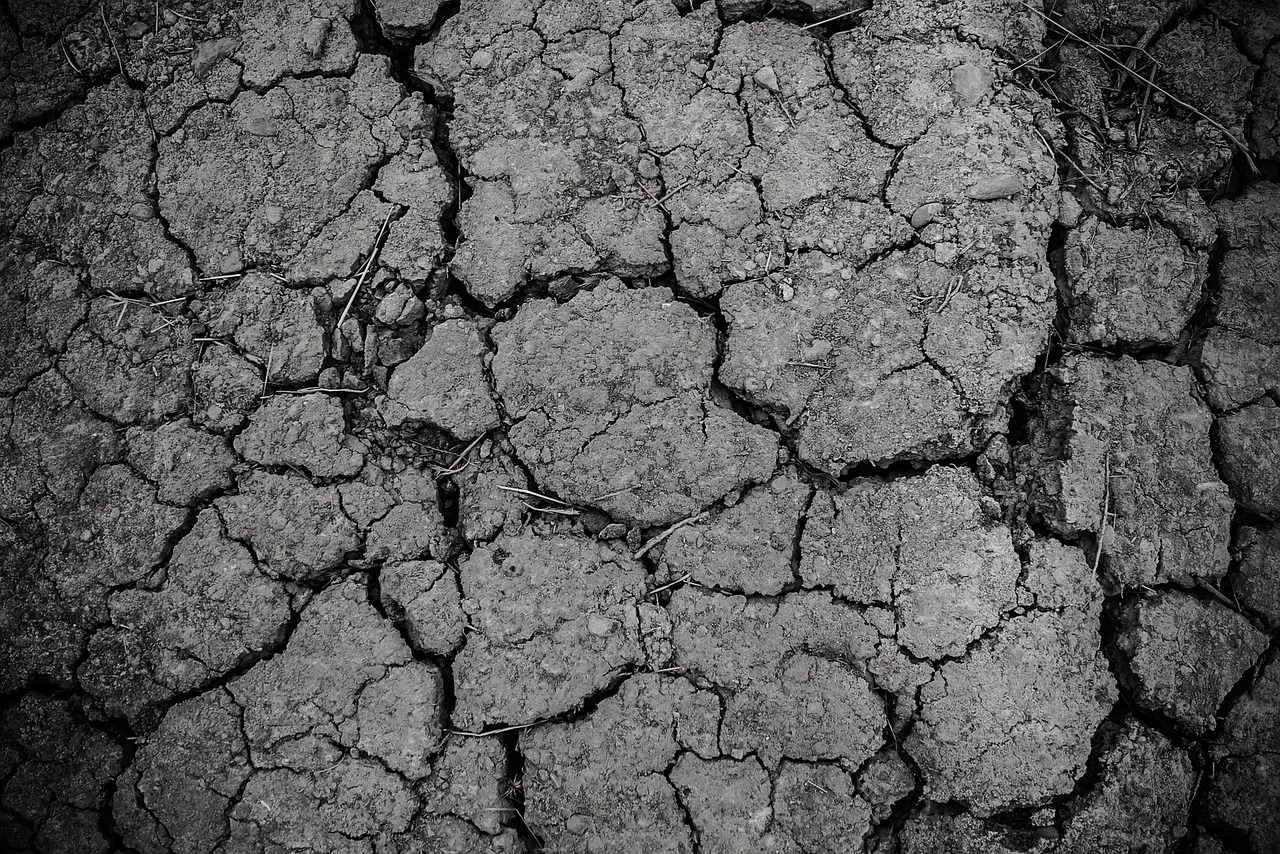
The impact generates seismic waves so powerful they make the planet literally ring like a struck bell. These aren’t ordinary earthquakes – they’re magnitude 10+ events that race around the globe at 8 kilometers per second, causing the ground to heave and buckle thousands of kilometers away from ground zero.
Within minutes, every tectonic plate on Earth feels the impact’s fury. Dormant volcanoes suddenly roar to life, existing fault lines crack open, and the seafloor buckles under the immense pressure. It’s as if the planet’s entire geological system gets jumpstarted into hyperdrive.
Animals across the globe experience this seismic assault as a relentless, earth-shaking nightmare. Dinosaurs in what would become Montana feel the ground buckling beneath their feet, while marine creatures in ancient oceans struggle to navigate waters that suddenly seem to have a mind of their own.
The Ejecta Blanket: A Rain of Molten Death
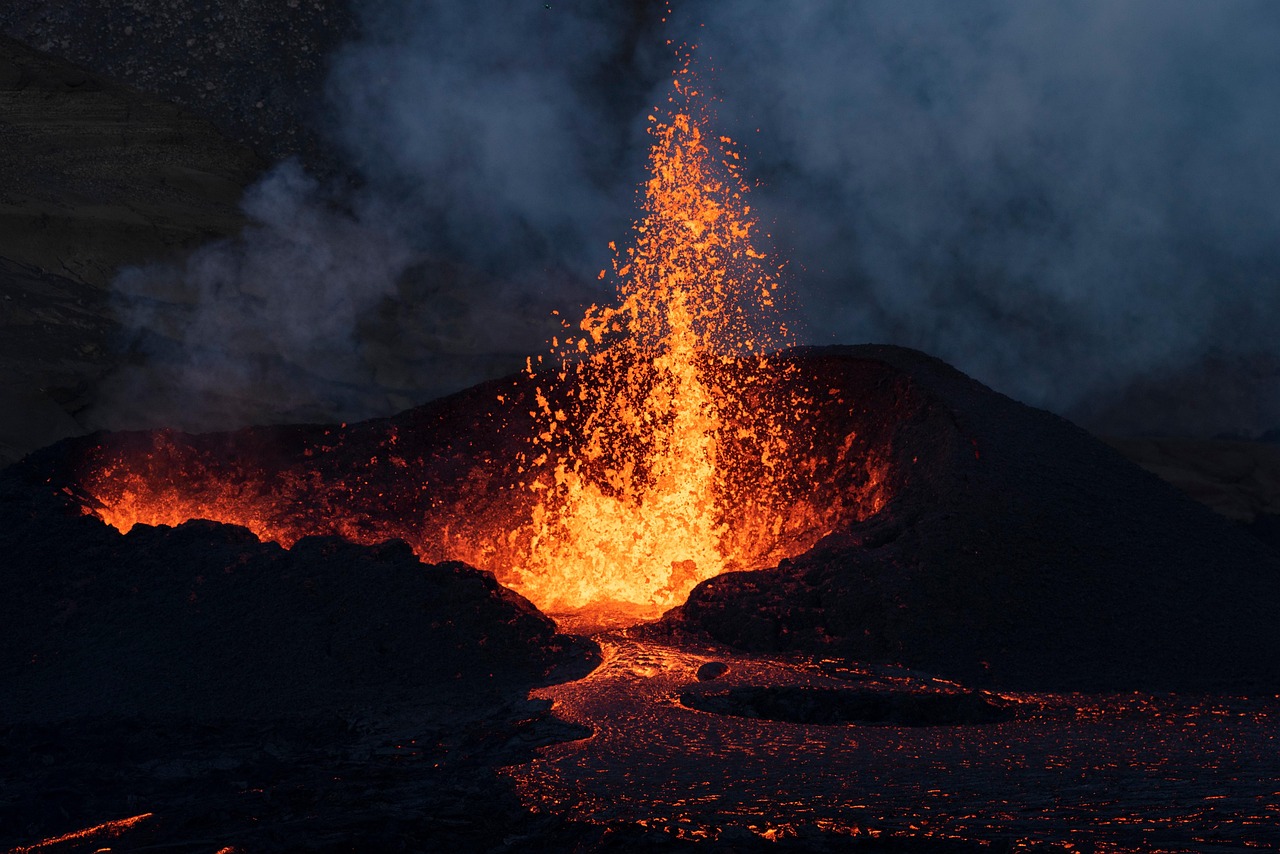
As the first few minutes tick by, the massive volumes of material blasted into the atmosphere begin their deadly descent back to Earth. This “ejecta blanket” consists of molten rock droplets, vaporized minerals, and superheated debris that falls like a global rain of fire.
The larger chunks hit first, creating secondary craters across North America within 10-15 minutes of the initial impact. These projectiles travel at speeds of several kilometers per second, each one carrying enough energy to level entire forests upon impact. The smaller particles follow, creating a continuous bombardment that lasts for hours.
Perhaps most terrifying of all, this ejecta glows red-hot as it falls, turning the sky into a blazing canopy of death. The atmospheric heating from millions of these glowing particles begins to cook the planet’s surface, creating an effect similar to opening a massive oven door on a global scale.
Atmospheric Shockwave: The Sky Becomes a Weapon
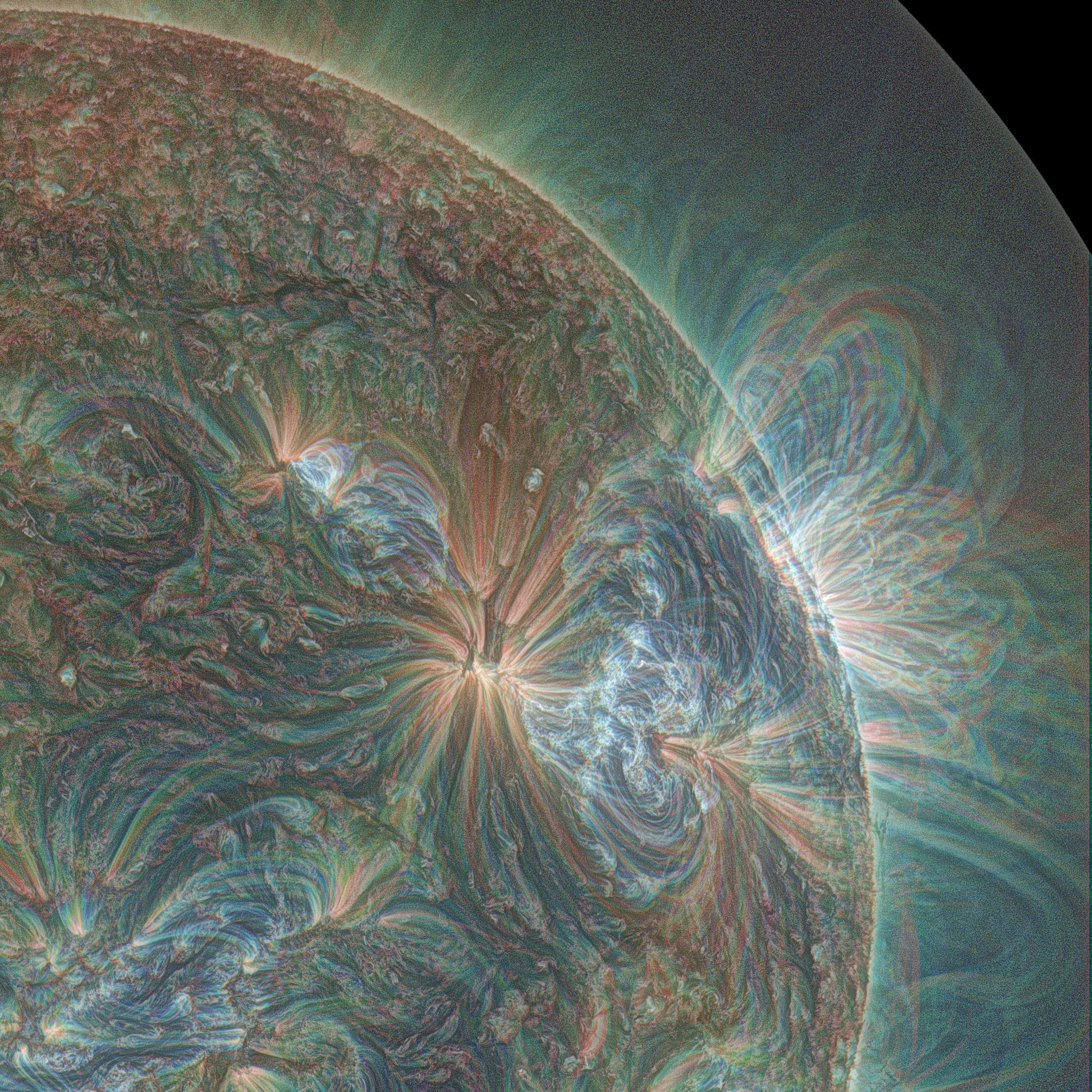
The impact doesn’t just affect the ground – it creates an atmospheric shockwave that races outward at the speed of sound. This isn’t a gentle breeze; it’s a wall of compressed air carrying winds that exceed 1,000 kilometers per hour, strong enough to flatten entire mountain ranges.
Trees that have stood for centuries get snapped like toothpicks, while any flying creatures caught in this atmospheric tsunami face instant death. The shockwave creates a brief but intense vacuum behind it, causing a secondary wave of destruction as air rushes back to fill the void.
Within 30 minutes, this atmospheric assault circles the globe, creating hurricane-force winds that persist for hours. The very air becomes a weapon, carrying with it the smell of vaporized rock and the deafening roar of a planet in agony.
Thermal Pulse: The Global Flash-Fire
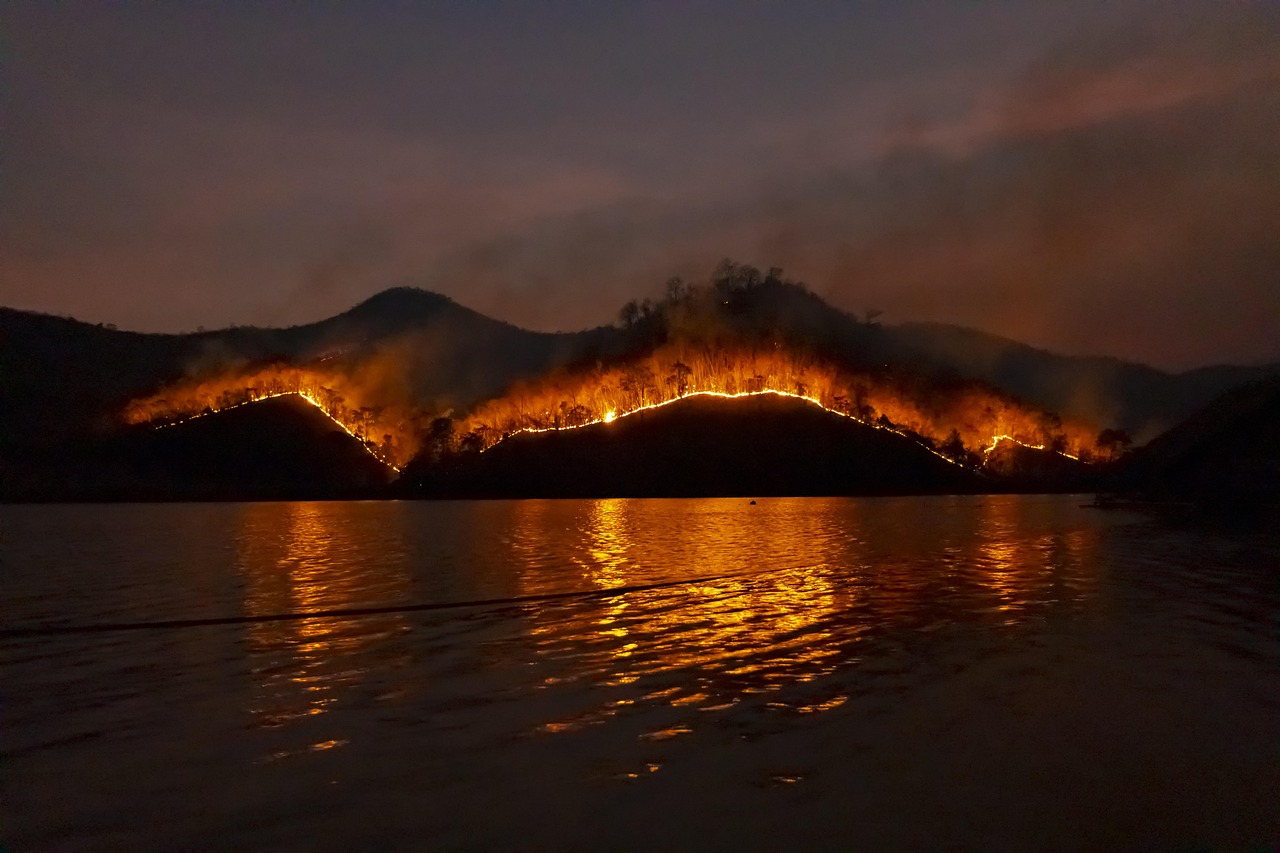
Perhaps the most immediate threat to life comes from the intense thermal radiation released during impact. Within minutes, this heat pulse travels at the speed of light, instantly igniting vegetation across vast distances from the impact site.
The thermal energy is so intense that it causes spontaneous combustion of organic matter hundreds of kilometers away. Forests that have existed for millions of years burst into flames simultaneously, creating a wall of fire that spreads across the North American continent like a biblical plague.
Animals caught in this thermal pulse face a horrifying fate. Small mammals might survive by burrowing underground, but larger creatures have nowhere to hide from this invisible killer. The heat is so intense that it can cause fatal burns even through thick scales and hide.
The Tsunami Genesis: Oceans Turn Violent
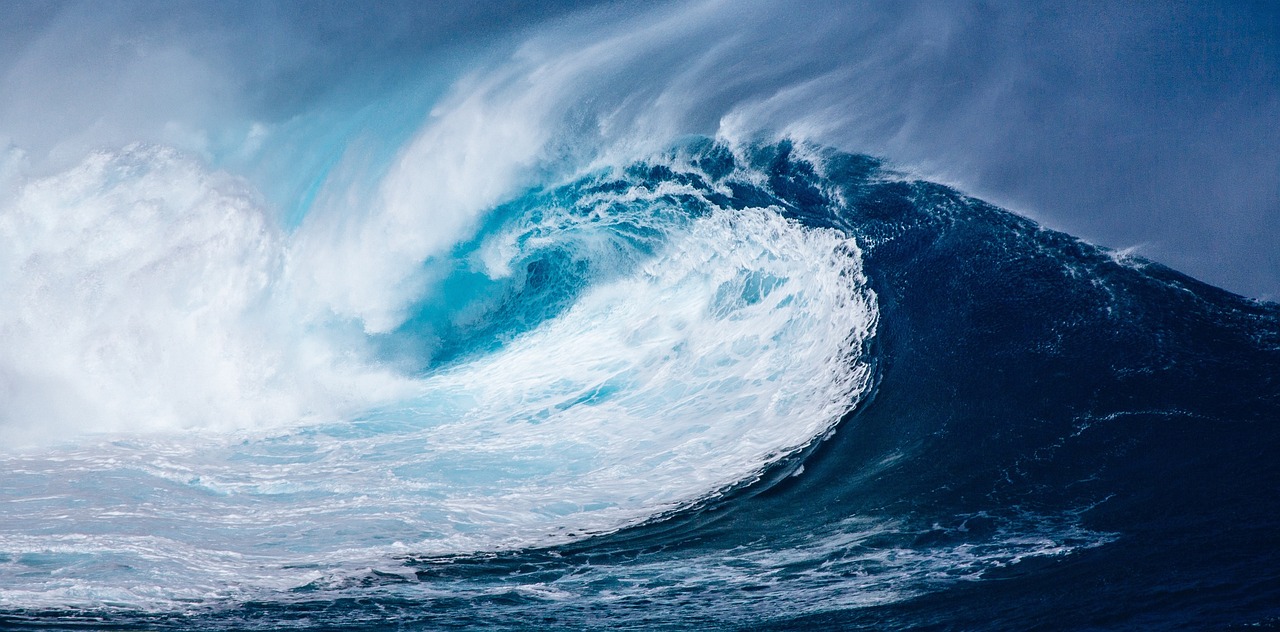
The impact occurs in shallow seas, and the displacement of water creates the most massive tsunami in Earth’s history. Within minutes, walls of water over 100 meters high begin racing across the ancient Gulf of Mexico at speeds exceeding 200 kilometers per hour.
This isn’t just a single wave – it’s a series of colossal water walls that carry with them everything they encounter. Ancient marine creatures, torn from their seafloor homes, get swept along in a chaotic mixture of saltwater, sediment, and debris that rewrites the coastal geography of an entire continent.
The tsunami’s power is so immense that it carries marine organisms hundreds of kilometers inland, depositing them in what will become fossil-rich rock layers. These waves penetrate deep into the North American interior, turning peaceful river valleys into temporary seas.
Chemical Warfare: The Atmosphere Under Attack
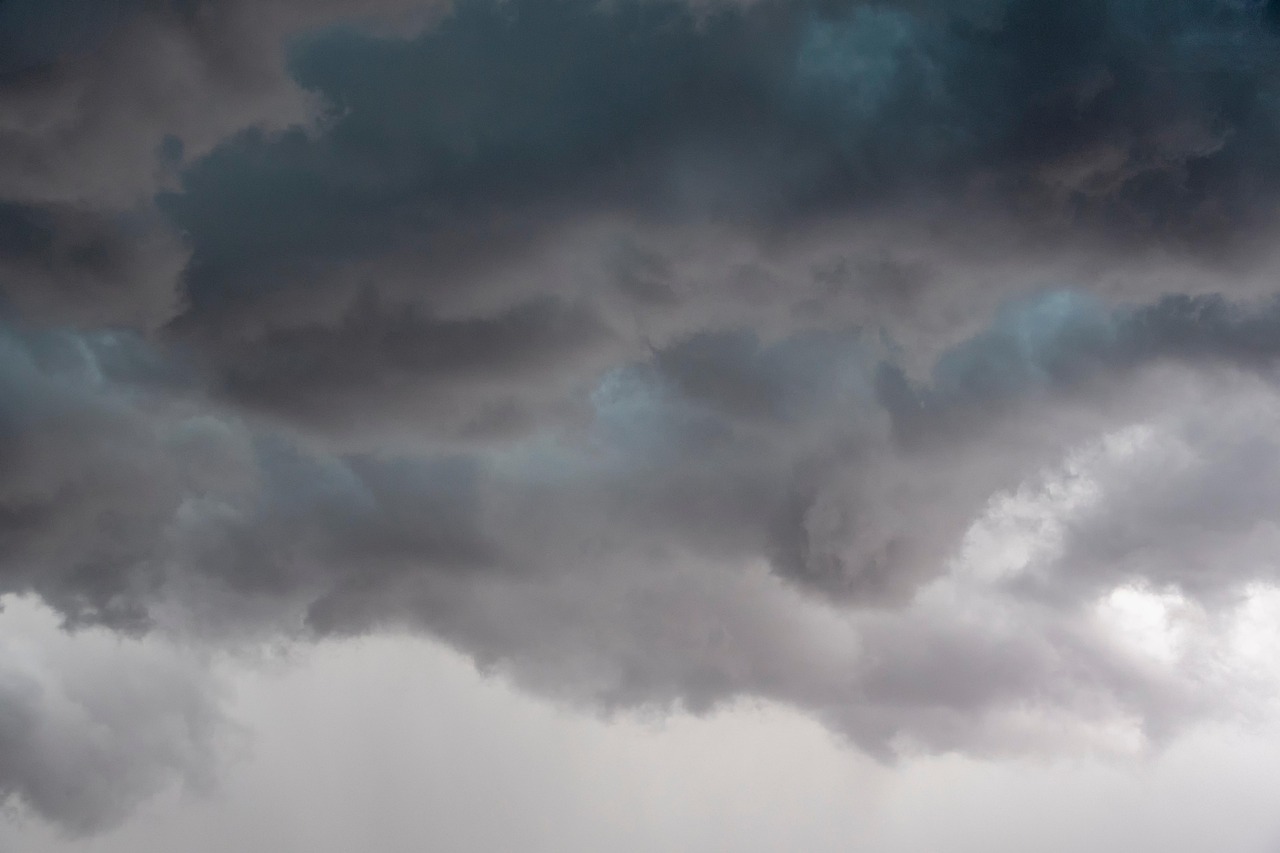
The impact vaporizes massive amounts of sulfur-rich rock, injecting millions of tons of sulfur dioxide into the atmosphere within the first hour. This creates an instant chemical assault on the planet’s respiratory system, as these compounds begin forming acid rain that will poison ecosystems for years to come.
Simultaneously, the extreme heat breaks down atmospheric nitrogen, creating nitrogen oxides that destroy the ozone layer. This process happens so rapidly that within an hour, Earth’s protective shield against harmful solar radiation begins to deteriorate significantly.
The chemical changes don’t stop there. Carbon dioxide from vaporized limestone mixes with water vapor to create a deadly cocktail of greenhouse gases, while chlorine compounds from evaporated seawater add another layer of atmospheric toxicity.
The Darkness Begins: Blocking Out the Sun
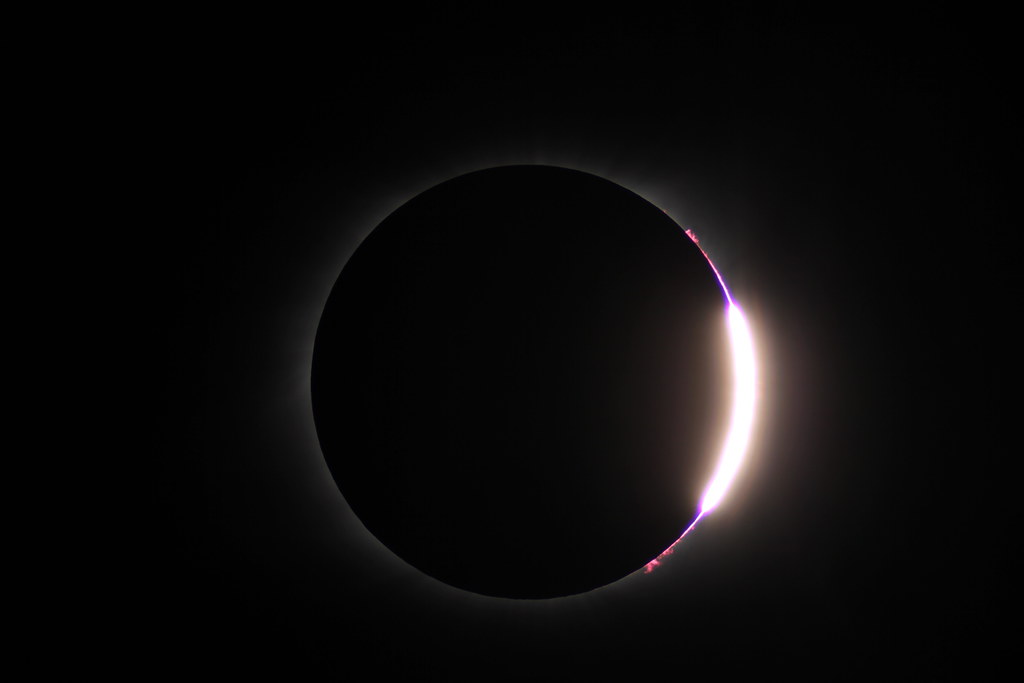
As the first hour progresses, massive amounts of pulverized rock and soot begin to accumulate in the upper atmosphere. This material doesn’t just float harmlessly – it creates an expanding cloud of darkness that begins to block out the sun’s life-giving rays.
The darkness isn’t gradual; it’s shockingly rapid. Within 45 minutes of impact, regions thousands of kilometers away begin to experience an eerie twilight as the debris cloud expands across the sky. This isn’t like an eclipse – it’s a permanent shroud that will persist for months.
Photosynthesis, the foundation of nearly all life on Earth, begins to shut down almost immediately. Plants that have never experienced prolonged darkness suddenly find themselves cut off from their primary energy source, beginning a cascade of ecological collapse that will reshape the planet’s entire food web.
Global Wildfires: The Planet Burns
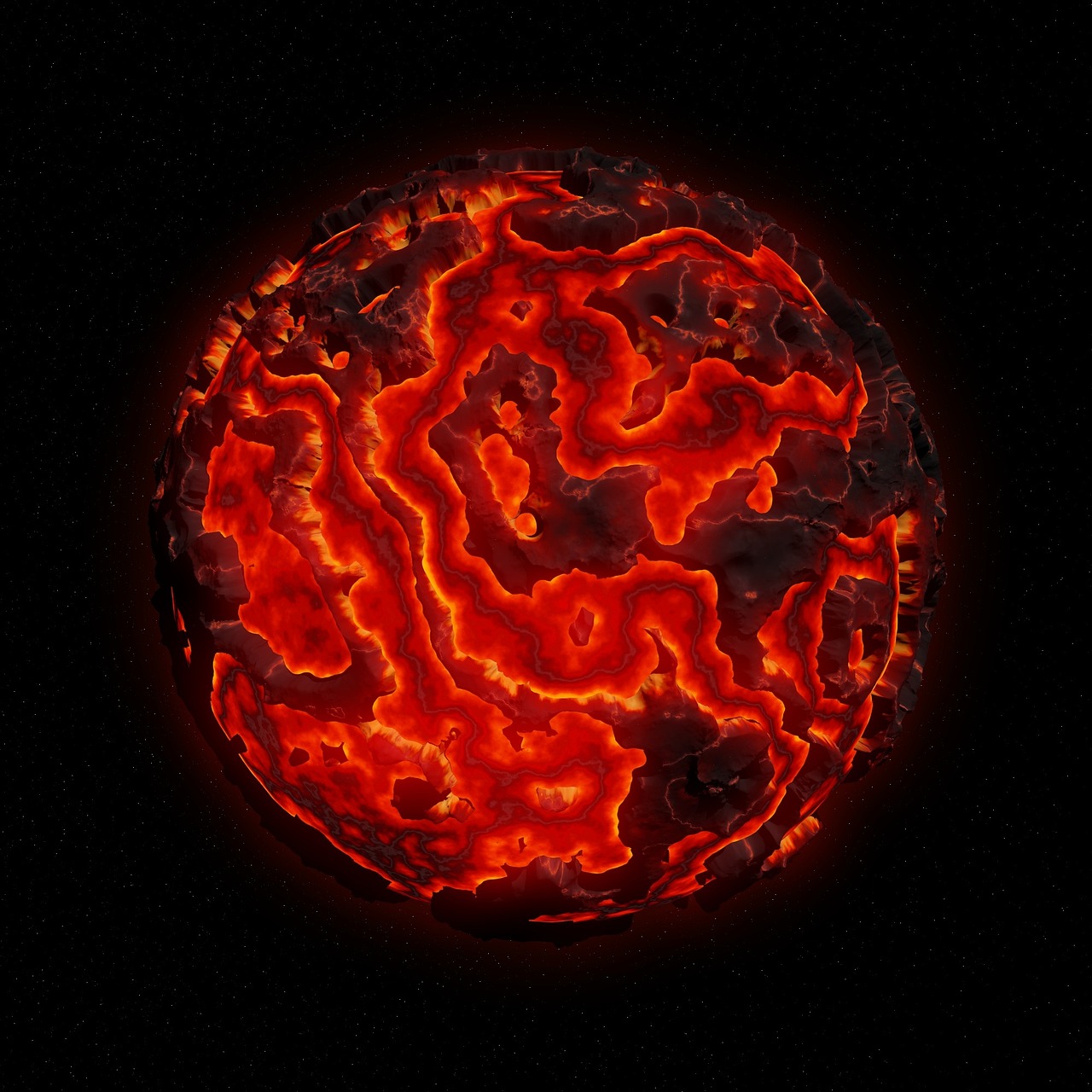
The combination of thermal radiation, hot ejecta, and atmospheric heating creates the perfect conditions for global wildfires. Within the first hour, fires ignite across multiple continents simultaneously, creating a planetary inferno that consumes vast swaths of vegetation.
These aren’t ordinary forest fires – they’re superheated conflagrations that burn with unprecedented intensity. The fires consume everything in their path, from towering conifers to low-lying ferns, creating massive smoke plumes that add to the growing atmospheric chaos.
The smoke from these fires carries with it the chemical signature of burning vegetation, creating a toxic atmosphere that makes breathing difficult for any surviving animals. The fires also release enormous amounts of carbon dioxide, accelerating the greenhouse effect that will contribute to long-term climate change.
Magnetic Field Disruption: Earth’s Shield Flickers
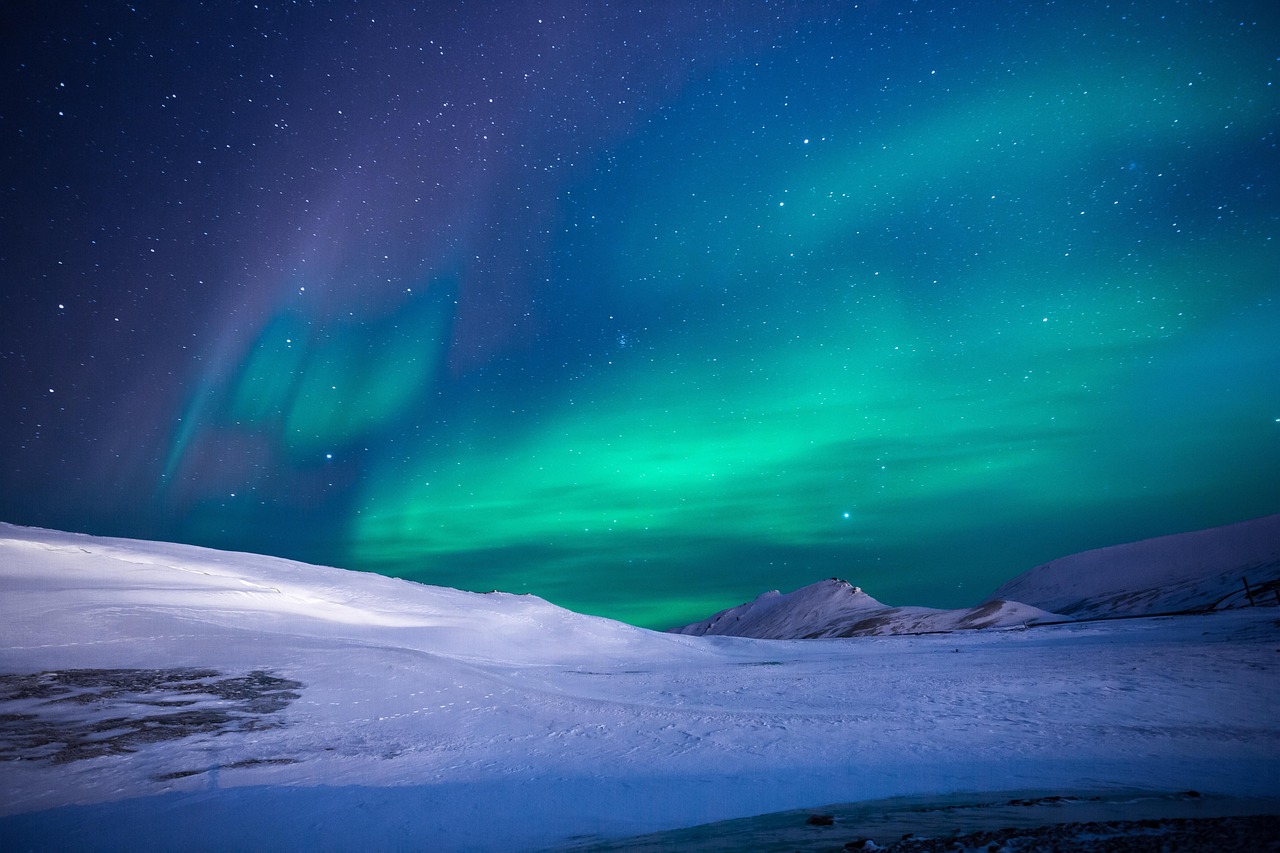
The massive energy release from the impact temporarily disrupts Earth’s magnetic field, leaving the planet vulnerable to cosmic radiation and solar wind. This magnetic disturbance creates aurora-like phenomena across the globe, painting the dark sky in eerie colors even as the world burns below.
The magnetic field disruption lasts for several hours, during which time harmful radiation from space penetrates deeper into the atmosphere than ever before. This cosmic bombardment adds another layer of danger to an already catastrophic situation.
Animals that rely on magnetic navigation, including many species of dinosaurs and early mammals, suddenly find themselves disoriented and confused. Their internal compasses spin wildly, making escape from the growing disaster even more difficult.
The Food Chain Collapses: Instant Ecosystem Destruction
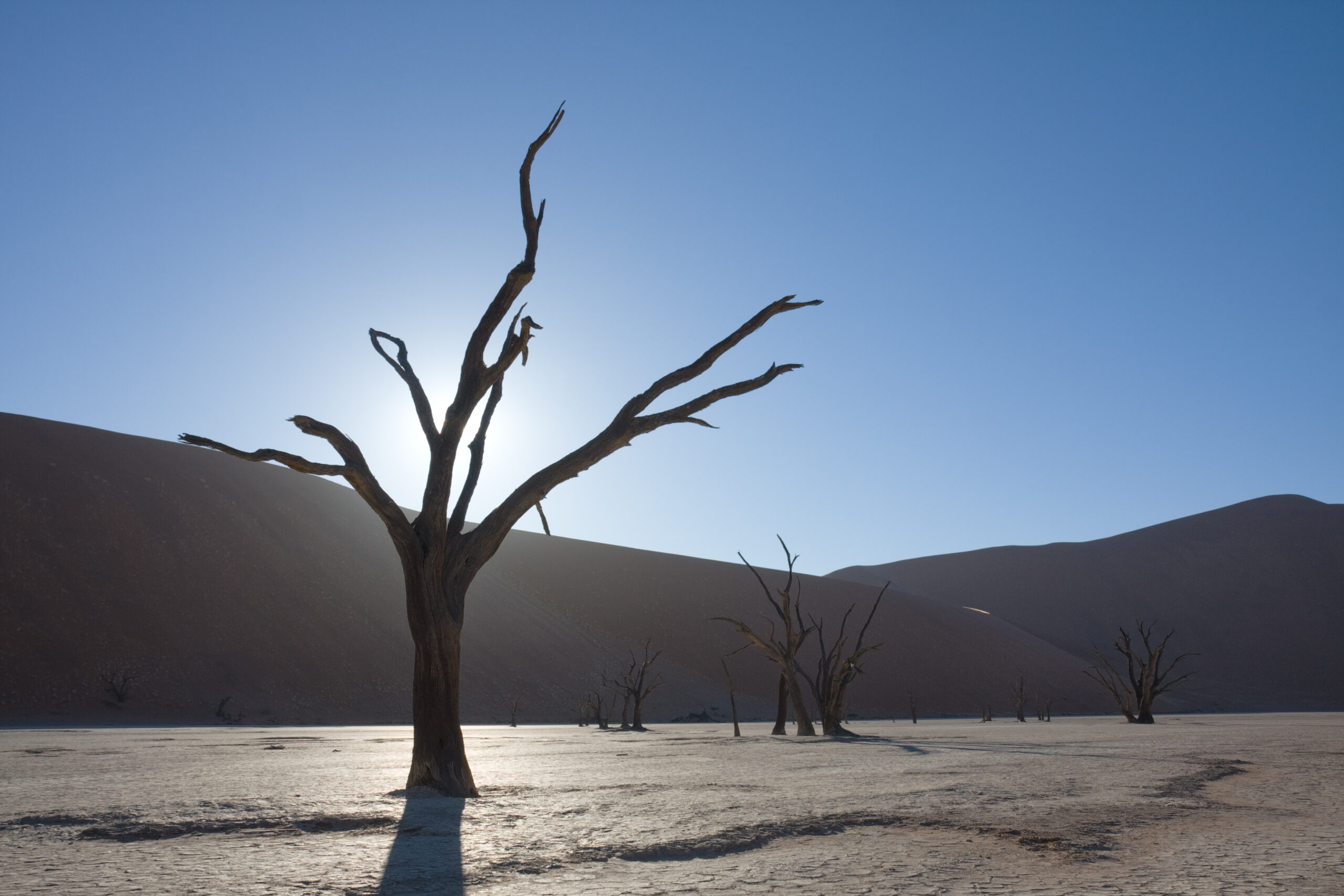
Within the first hour, the planet’s food webs begin to unravel at an unprecedented rate. The massive die-off of plants due to fire and thermal radiation eliminates the foundation of most ecosystems, while the atmospheric changes make survival increasingly difficult for herbivores.
Small organisms face the most immediate threat, as they’re most vulnerable to temperature changes and atmospheric toxins. Their rapid decline creates a ripple effect that travels up the food chain, affecting predators and scavengers alike.
The collapse isn’t gradual – it’s a rapid-fire domino effect where each species’ decline accelerates the problems faced by others. Within 60 minutes of impact, ecosystems that took millions of years to develop begin their irreversible journey toward total collapse.
The Final Minutes: A World Transformed
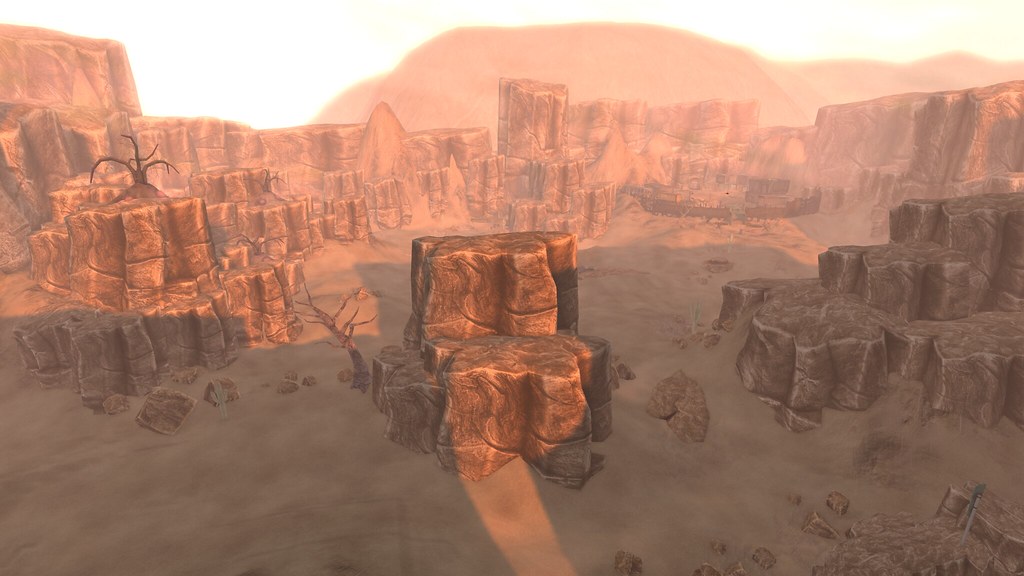
As the first hour draws to a close, Earth has become utterly unrecognizable. The impact site resembles an alien landscape, with a crater larger than most countries surrounded by a hellscape of molten rock and toxic gases.
The planet’s weather systems have gone haywire, with extreme temperature fluctuations occurring across different regions. Some areas experience scorching heat from the thermal pulse and fires, while others begin to cool rapidly as the debris cloud blocks solar radiation.
Perhaps most ominously, the changes that began in this first hour represent just the beginning of a catastrophe that will persist for decades. The stage is now set for the most significant mass extinction in Earth’s history, and there’s no going back.
Legacy of the First Hour: Understanding Modern Implications
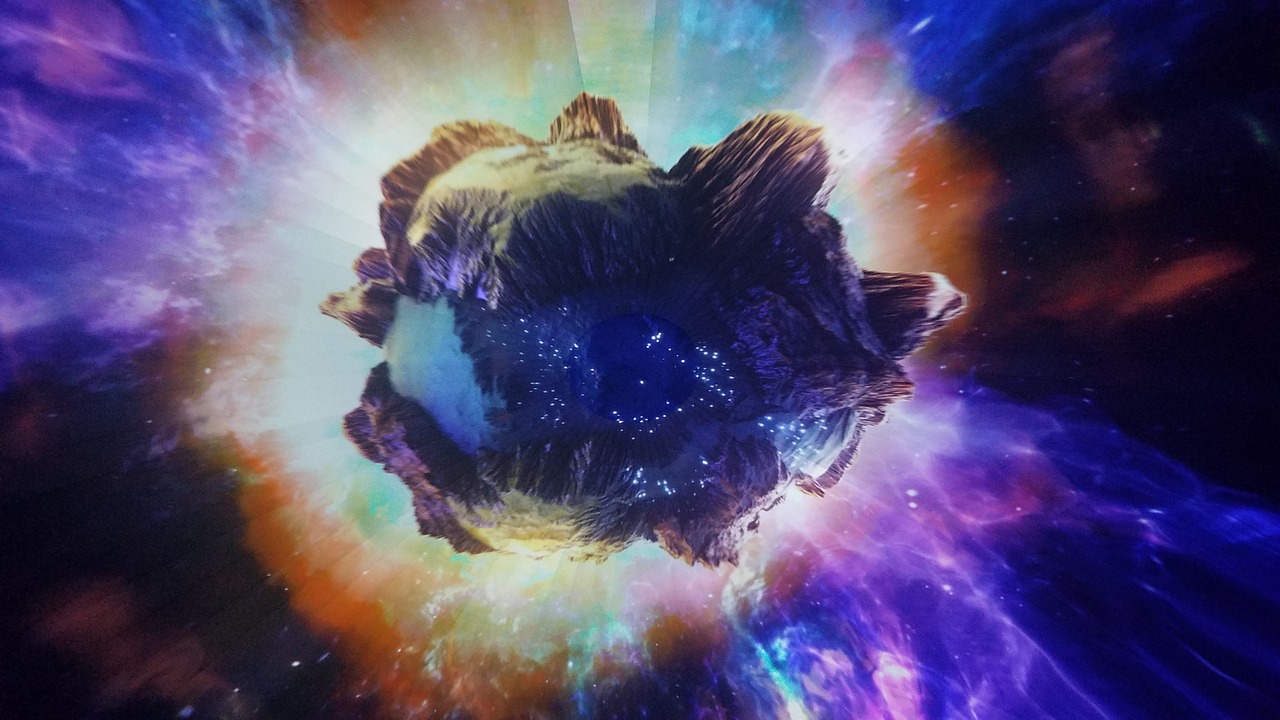
The first hour after Chicxulub demonstrates how quickly our planet can change when faced with extreme events. Modern climate scientists study this catastrophe to understand how rapidly Earth’s systems can shift, providing crucial insights into current environmental challenges.
The speed of the initial changes – measured in minutes rather than years – reminds us that catastrophic environmental shifts don’t always give advance warning. This lesson proves particularly relevant as we face modern challenges like climate change, where seemingly stable systems can reach tipping points rapidly.
The Chicxulub impact also shows us the interconnectedness of Earth’s systems. A single event triggered atmospheric, oceanic, geological, and biological changes simultaneously, demonstrating how disturbances in one area can cascade through the entire planetary system.
The first hour after Chicxulub reveals nature’s capacity for both destruction and renewal. While this catastrophe ended the age of dinosaurs, it also created the conditions that allowed mammals – and eventually humans – to flourish. The same forces that can destroy entire ecosystems also drive the evolution of new life forms, reminding us that even in the face of ultimate catastrophe, life finds a way to persist and adapt. What lessons might this ancient disaster hold for our own species as we face the environmental challenges of the 21st century?



